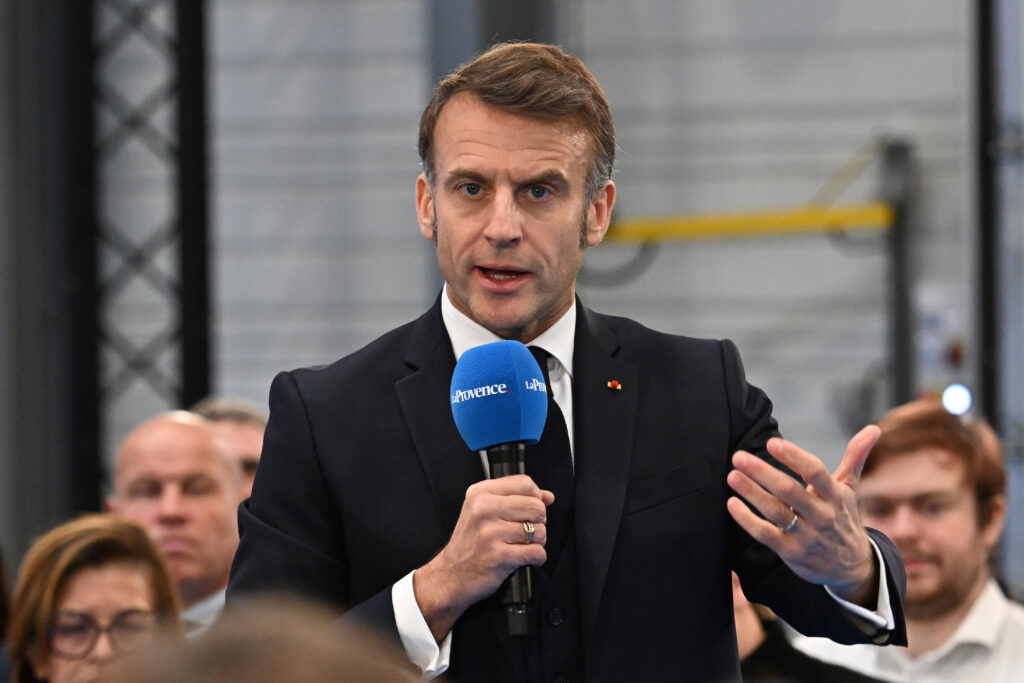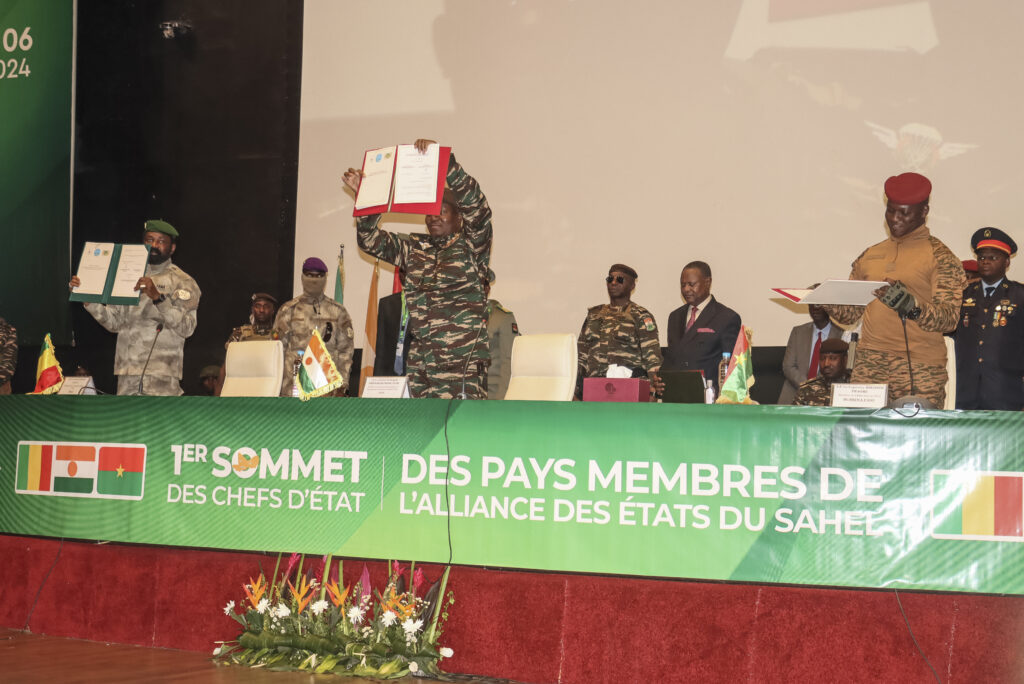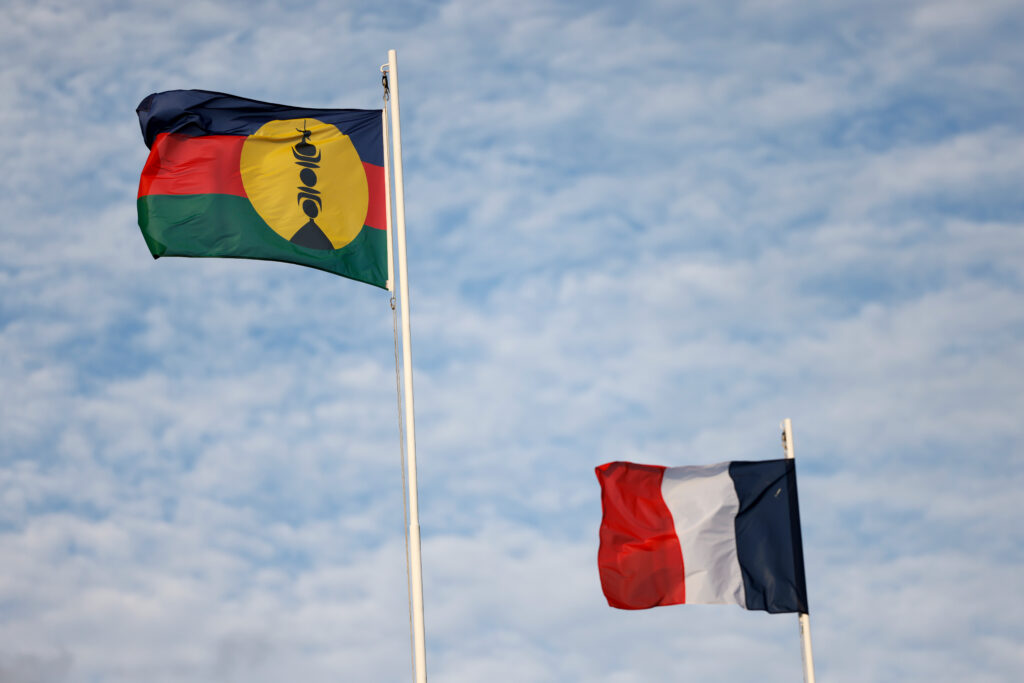Macron à Marseille: “guerre” au narcotrafic et recueillement symbolique
Guerre aux narcotrafiquants ainsi qu’à leur présence sur les réseaux sociaux: Emmanuel Macron a entamé mardi une visite à Marseille en se rendant sur la tombe de Mehdi Kessaci, assassiné il y a un mois, sans doute pour intimider son frère Amine, militant qui dénonce l’emprise des réseaux de trafic drogue.Un geste hautement symbolique après que cet assassinat a sidéré la ville, pourtant coutumière des violences liées au trafic de stupéfiants. Même si le nombre de personnes tuées est en baisse depuis deux ans, 17 cette année, contre 24 l’an dernier et 50 en 2023.”On a tous une pensée pour la famille Kessaci, sa maman, ses frères, ses sœurs,” a déclaré le président un peu plus tard, lors d’un “face aux lecteurs” du quotidien régional La Provence.Il a promis de mener une “guerre aux réseaux qui tuent des jeunes innocents pour intimider, pour faire peur”, promettant qu’il “n’y a aucune chance qu’ils (les réseaux) gagnent”.Il a affiché sa volonté d’aller “chercher dans les pays où sont les têtes de réseau de la coopération, pour pouvoir saisir leurs biens, pour pouvoir arrêter les têtes de réseau, nous les restituer”. Concernant les consommateurs, dont il fustige régulièrement la responsabilité, le chef d’Etat a annoncé un passage à 500 euros, contre 200 actuellement, de l’amende forfaitaire délictuelle.”J’en ai ras-le-bol d’avoir des jeunes qu’on pleure et dans des quartiers d’avoir d’autres gens qui considèrent que c’est festif d’aller acheter de la drogue”, a martelé le président.Il a par contre exclu une installation à Marseille du nouveau Parquet national contre la criminalité organisée (Pnaco), réclamée notamment par le maire divers gauche de Marseille, Benoît Payan, estimant que cet organisme central devait être à Paris et la deuxième ville de France était déjà dotée en moyens de police judiciaire.Amine Kessaci, jeune militant de 22 ans, avait de son côté lancé mardi matin sur Ici Provence un “appel aux décideurs” pour que soit mise en place “une convention citoyenne de la lutte contre le narcotrafic pour justement créer un espace de parole et donner la parole” aux habitants.L’échange de deux heures du président avec un panel comportant étudiants, acteurs économiques ou associatifs, a principalement tourné autour de la sécurité et de la thématique de la “démocratie à l’épreuve des réseaux sociaux”, qu’Emmanuel Macron veut interdire aux jeunes de moins de 15 ou 16 ans. C’est le cinquième forum du genre depuis un mois.- “Continuer le travail” -Dans l’après-midi, toujours dans la thématique sécuritaire, M. Macron doit inaugurer l’agrandissement de la prison des Baumettes puis un nouveau commissariat dans les quartiers nord, les plus populaires et pauvres de la ville, dont des cités sont gangrenées par les trafics.En retrait des enjeux de politique intérieure depuis la dissolution ratée de 2024, le chef de l’Etat a pris les devants en revanche sur ce sujet. Il a réuni à deux reprises ministres et acteurs concernés à l’Elysée depuis l’assassinat de Mehdi Kessaci.Emmanuel Macron a également défendu le bilan du plan “Marseille en grand” – “qui n’a pas d’équivalent” – qu’il a lancé en grande pompe en 2021 pour aider la cité phocéenne à rattraper ses retards, avec cinq milliards d’engagements de l’Etat à la clé.La Cour des comptes avait dénoncé en octobre 2024 un suivi “indigent” et un “défaut de cohérence” de cette initiative, destinée à rénover les écoles insalubres, développer les transports en commun, réduire la fracture géographique et sociale entre quartiers nord et sud et renforcer les effectifs de police.Alors que l’Elysée a mis en ligne juste avant la visite un site permettant de suivre la progression des différents projets, M. Macron a souligné qu’il allait “sur le terrain, voir les réalisations et ce qu’il reste à faire pour +Marseille en grand+. Et je continuerai, moi, de rendre compte et de continuer le travail”, a-t-il promis.Les deux-tiers des crédits sont désormais engagés, assure l’Elysée, citant la livraison de 15 écoles, des projets en cours sur 86 autres ou l’arrivée de 350 policiers supplémentaires dans les Bouches-du-Rhône.Le chef de l’Etat doit conclure sa visite en début de soirée en visitant le chantier d’extension de la gare Saint-Charles, un investissement de 3,6 milliards d’euros avec gare souterraine, espaces végétalisés, jardins et zones piétonnes.bur-vl-dac-so/we/sla




